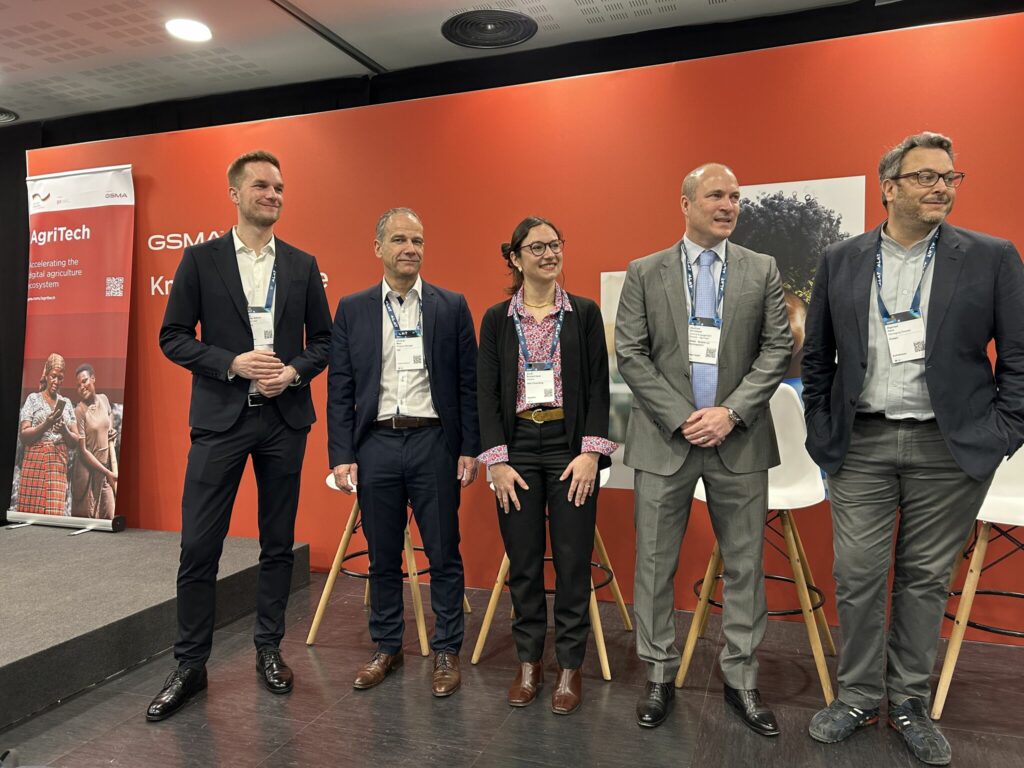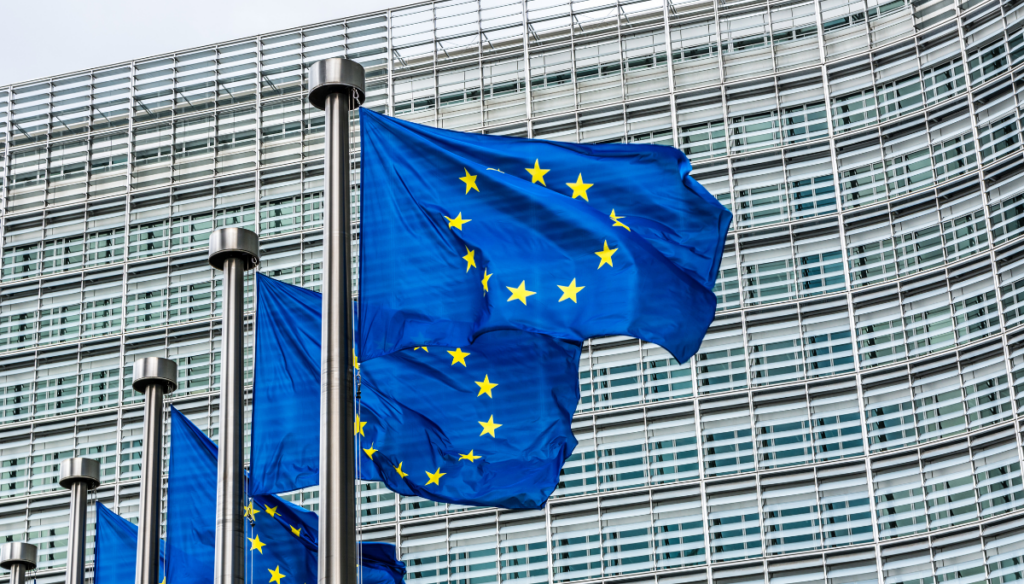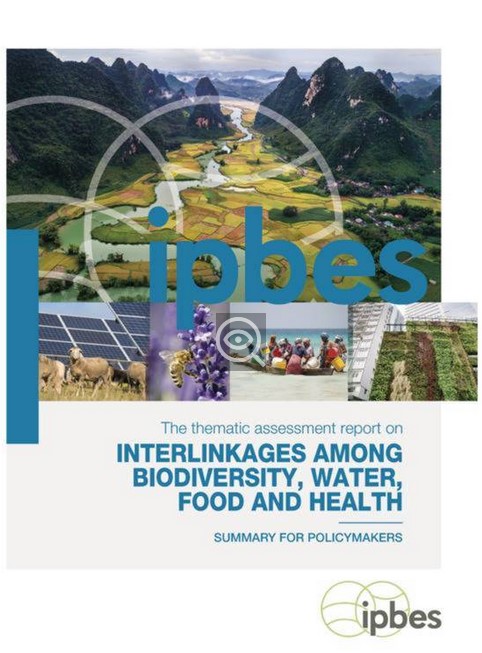OECD research shows smart regulation boosts business. Learn how removing trade barriers and shaping better practices drives sustainable growth
Category Archives: Climate Change
Discover how combining innovation with digital sobriety is possible and is an approach followed by Ksapa’s digital suite.
Explore the market status and financing gaps around the Financial Inclusion of Agricultural Cooperatives & SMEs in Africa.
Ksapa joined MWC 2025 Barcelona panel on digital inclusion, sharing insights connecting underserved rural communities at GSMA’s invitation.
Balancing technology with human solutions for effective supply chain transparency and traceability beyond tier 1 suppliers
Discover how Sutti’s EU-Indonesia trade model creates sustainable supply chains, generating €25 local value per €1 invested over 10 years
Transform trade volatility into opportunity with resilient supply chains that address both tariff pressures and sustainability challenges
Navigate CSRD’s Omnibus package changes with Ksapa’s expertise in materiality, compliance and sustainability strategy implementation
Discover how Ksapa resolves human-wildlife conflicts through stakeholder engagement, community inclusion, and landscape management.
IPBES report reveals urgent crisis in food-nature-health systems, highlighting critical need for integrated solutions to protect our future










